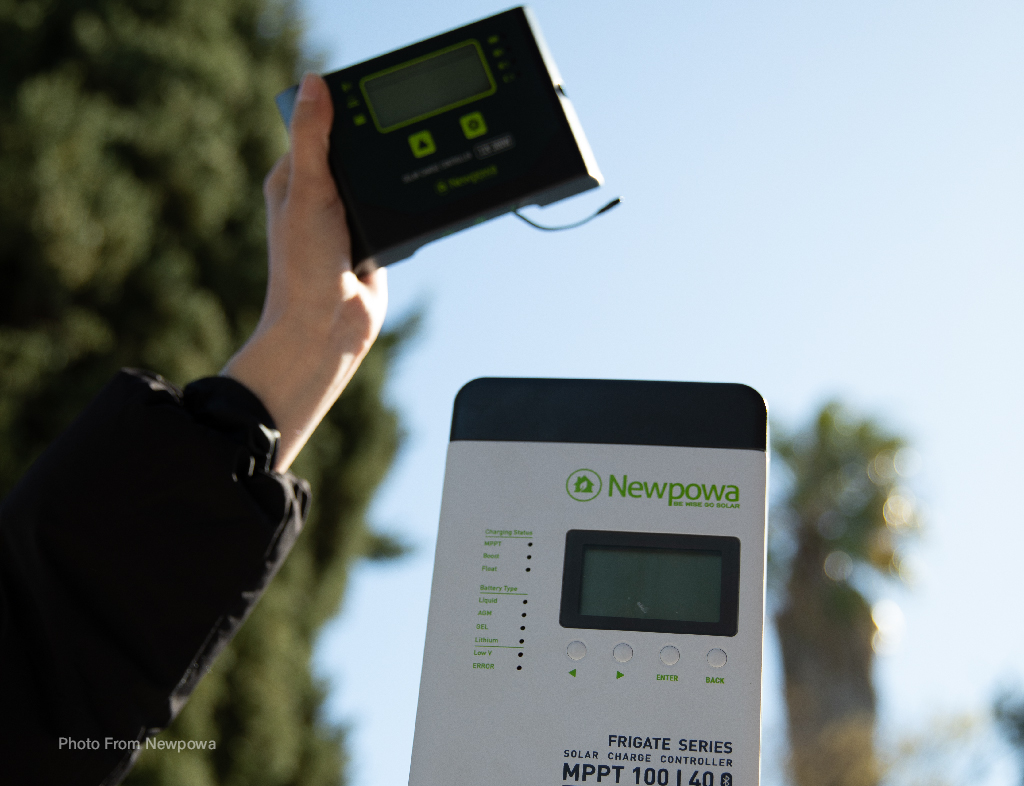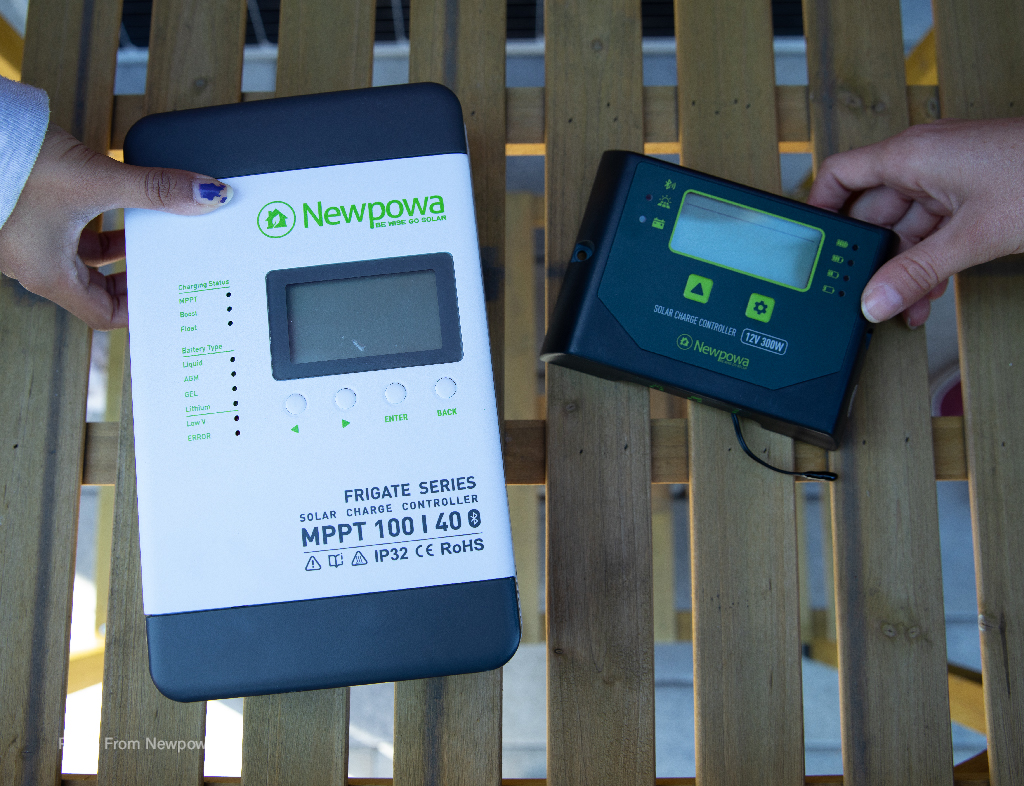MPPT OR PWM: WHICH IS BEST & WHAT SHOULD YOU CHOOSE?
12th Mar 2024
In the realm of off-grid solar energy systems, choosing the right charge controller can significantly affect the efficiency and performance of your setup. The two leading types of solar charge controllers are Maximum Power Point Tracking (MPPT) and Pulse Width Modulation (PWM). Understanding the differences between MPPT and PWM is crucial in determining which is best for your specific off-grid use case.
PWM Charge Controllers
PWM technology is simpler and more cost-effective compared to MPPT. It works by connecting directly to the solar array and matching the voltage output of the panels to the battery bank. PWM controllers are ideal for smaller systems where the solar array voltage closely matches the battery voltage, and where efficiency is not the paramount concern.
MPPT Charge Controllers
MPPT controllers are more sophisticated and capable of capturing the maximum power from the solar panels. They convert excess voltage into amperage, which results in charging batteries more efficiently, especially under less ideal conditions like in low light or high temperature environments. This capability allows MPPT controllers to be up to 30% more efficient than PWM controllers, particularly in larger, more complex systems or in areas with variable weather conditions.

Choosing Between MPPT and PWM
The decision between MPPT and PWM largely depends on your specific off-grid use, budget, and system size. Here are a few considerations to help guide your choice:
- System Size and Efficiency: For larger off-grid systems where efficiency and optimization are priorities, MPPT controllers are generally the better choice. They ensure you’re getting the most out of your solar array, especially if the panel voltage is significantly higher than the battery bank's voltage. However, for small, simpler systems, the efficiency gains of MPPT may not justify the higher cost compared to PWM controllers.
- Budget Constraints: PWM controllers are less expensive
than MPPT controllers. If budget is a primary concern and your system
configuration is suitable (i.e., the solar array voltage closely matches the
battery voltage), a PWM controller can be a cost-effective solution.
- Environmental Conditions: If your off-grid setup is in a region with fluctuating weather conditions, or if you need to maximize power generation during low light conditions, an MPPT controller can provide better performance and efficiency.
- Future Expansion: If you plan to expand your system in the future, investing in an MPPT controller can provide more flexibility. Its ability to handle higher voltages and convert excess voltage into amperage allows for a wider range of panel configurations and expansions.
In conclusion, choosing between an MPPT and a PWM charge controller for your off-grid system comes down to system size, budget, and performance needs. For smaller systems with tight budgets, PWM controllers offer a simple and cost-effective solution. On the other hand, for larger or more demanding setups, MPPT controllers provide significant efficiency gains and flexibility, justifying their higher upfront cost. By carefully considering your off-grid requirements and constraints, you can select the charge controller that best meets your needs, ensuring optimal performance of your solar energy system.
Be Wise, Go Solar!
